The planning of the health facility network for the period 2021 - 2030, with a vision to 2050, aims to build and develop a national health facility network in accordance with the requirements of protecting, caring for and improving people's health. Data from the survey collecting information on the health status of 53 ethnic minorities will make an important contribution to the implementation of this basic health network planning. From the capital sources of ethnic programs and policies, including the National Target Program 1719, Cao Bang province has mobilized the entire political system and the positive response of the people to focus on investing in and developing rural transport. Thereby, the rural appearance of the province has changed a lot, contributing to promoting socio-economic development, improving the material and spiritual life of the people in ethnic minority areas. On the evening of December 7, at the Government Headquarters, Prime Minister Pham Minh Chinh met with the Heads of Vietnamese representative agencies abroad before taking up his duties. Also attending was Deputy Prime Minister and Minister of Foreign Affairs Bui Thanh Son. With the attention and investment of the Party and State, the determination in the direction and administration of local authorities and the efforts of the people, in recent times, the rural appearance of mountainous areas in Tra Bong district, Quang Ngai province has had positive changes. Many economic development models have been implemented, gradually helping ethnic minorities to eliminate hunger, reduce poverty and become rich. With the desire to bring the typical Arabica coffee flavor of Lac Duong district, Lam Dong province to many people, and at the same time create an environment to help local farmers develop this crop sustainably, for nearly 4 years now, Mr. Lieng Jrang Ha Hoang, Co Ho ethnic group, in Da Nghit village, Lat commune, Lac Duong district has devoted all his efforts to successfully building and developing the Chu Mui clean coffee brand. Weaving sedge grass is a long-standing traditional craft of the people of Ba Chuc border town, Tri Ton district, An Giang province. Not only contributing to increasing people's income, the sedge weaving profession also creates a unique cultural beauty of Ba Chuc. From the capital of ethnic programs and policies, including the National Target Program 1719, Cao Bang province has mobilized the entire political system and the positive response of the people to focus on investing and developing rural transport. Thereby, the rural appearance of the province has changed a lot, contributing to promoting socio-economic development, improving the material and spiritual life of the people in ethnic minority areas. Hoa Binh Lake, with its large water surface area and abundant aquaculture potential, has become a sustainable source of livelihood for thousands of people in Hoa Binh province. Cage fish farming on the lake not only helps people escape poverty but also creates a driving force for economic development, contributing to building a stable life and increasing economic value for the locality. General news of Ethnic and Development Newspaper. This morning's news, December 7, has the following notable information: Bringing vocational education policy to mountainous workers. Yen Bai's position on the Vietnam tourism map. The person who "lights the fire" of Then melodies. Along with other current news in ethnic minority and mountainous areas. To support people and businesses to restore production and stabilize their lives after storm Yagi (storm No. 3), the People's Council of Quang Ninh province has issued policies and measures to support people and businesses to overcome damage, stabilize their lives and restore production and business activities. However, after 3 months, the disbursement of the 1,180 billion VND support package to recover from storm No. 3 in Quang Ninh has only reached 13%. Agricultural production and livestock farming according to the linked value chain is a sustainable direction, helping to improve efficiency and increase income for people in ethnic minority and mountainous areas of Tuyen Quang province. This is the premise to ensure that the participants in the value chain share benefits, responsibilities and invest effectively. On December 7, in Cao Bang city, a career counseling and start-up festival took place for more than 500 grade 12 students from schools: Be Van Dan High School, Vocational Education Center - Continuing Education of Thach An, Ha Quang, Nguyen Binh districts... Following the sports activities within the framework of the Bac Ha "Winter Addiction" Festival, on December 7, the People's Committee of Bac Ha district (Lao Cai) organized the 3rd Northwest Mountain Marathon in 2024. In the fourth quarter of 2024, the Cao Bang Provincial Women's Union organized 31 training courses on gender equality guidance and supervision under Project 8 "Implementing Gender Equality and some urgent issues for women and children". for nearly 3,000 grassroots cadres, in 7 districts: Ha Quang, Ha Lang, Hoa An, Trung Khanh, Nguyen Binh, Bao Lac, Bao Lam.
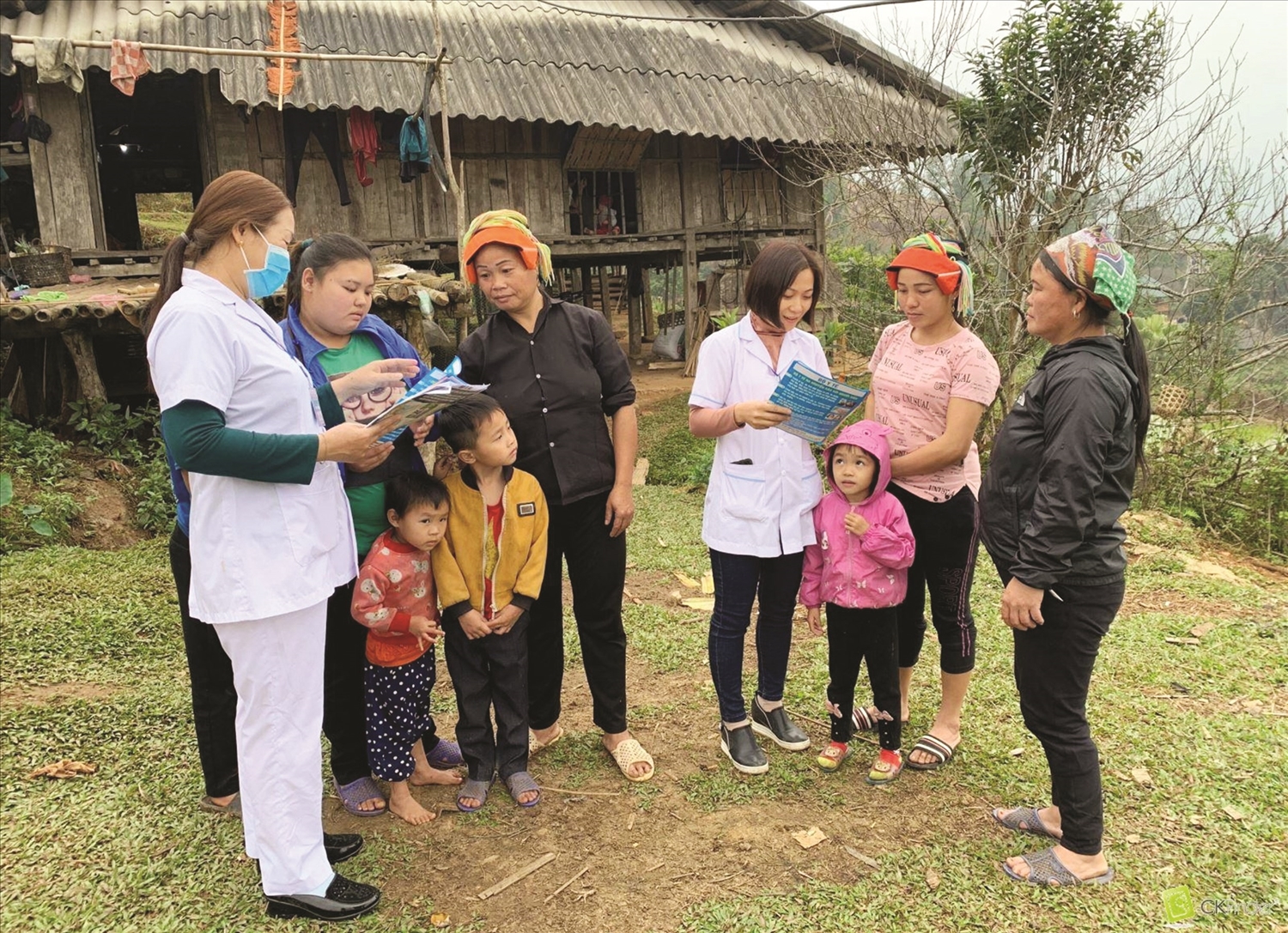
Has been "covered" but has not met the requirements
“Covering” commune health stations is one of the important milestones in the field of ethnic affairs, implementing ethnic policies in 5 years (2019 - 2024). This is the general information in the political reports at the 4th Provincial Congress of Ethnic Minorities in 2024 organized by localities in October and November.
Accordingly, all localities have achieved a rate of 100% of communes having health stations; most communes have met national health standards. Even in localities with many difficulties such as Cao Bang , in 2024, the rate of health stations meeting national health standards/total number of health stations in the province will reach 88.8%.
Previously, in 2019, the results of the third survey and collection of information on the socio-economic situation of 53 ethnic minorities also showed that in the entire ethnic minority and mountainous areas (including 5,266 communes in 51 provinces and cities, according to Decision No. 582/QD-TTg approving the list of communes in ethnic minority and mountainous areas for the period 2016 - 2020), only 30 communes did not have a health station.
“Most of the communes without health stations have been merged into the District Health Center or Regional General Clinic. These communes are mainly concentrated in the three northern mountainous provinces of Ha Giang, Yen Bai and Tuyen Quang,” the results of the analysis of the socio-economic survey data of 53 ethnic minorities in 2019 stated.
The 2024 socio-economic survey of 53 ethnic minorities collects information on the status of commune health stations built solidly, semi-solidly, or poorly solidly and simply; at the same time, confirms the status of commune health stations meeting national standards on commune-level health according to the criteria set out in Decision No. 1300/QD-BYT dated March 9, 2023 of the Ministry of Health.
Investment resources from programs and projects from the state budget and non-refundable foreign aid have gradually improved the grassroots healthcare network of the whole country; not only in terms of facilities but also in terms of medical human resources.
According to data from Vietnam Social Security, currently 100% of district-level units nationwide have medical centers (707 centers); 99.6% of communes, wards and towns have medical stations (10,559 stations); over 80% of commune medical stations provide medical examination and treatment under health insurance; 97.3% of commune medical stations meet national medical standards.
In mountainous areas and ethnic minority areas, currently 100% of communes have health stations or inter-commune regional polyclinics; 87.5% of commune health stations have doctors; 96% of commune health stations have midwives/obstetricians and more than 95% of villages have village health workers or village midwives...
Although it has been "covered", according to the assessment of the Ministry of Health, the current infrastructure situation at commune health stations in mountainous areas still needs investment; many health stations were built a long time ago and need to be upgraded and renovated; some health stations are still in a temporary, semi-permanent state.
As of 2019, the results of the survey on the socio-economic situation of 53 ethnic minorities showed that 99.6% of commune health stations in ethnic minority and mountainous areas were built solidly or semi-solidly.
The number of poorly constructed or rudimentary health stations is still very low and mainly in the Northern Midlands and Mountains, with 14/20 health stations. The provinces with the highest number of poorly constructed or rudimentary health stations are: Tuyen Quang (5 health stations), Dien Bien (3 health stations), Cao Bang and Lang Son (2 health stations each).
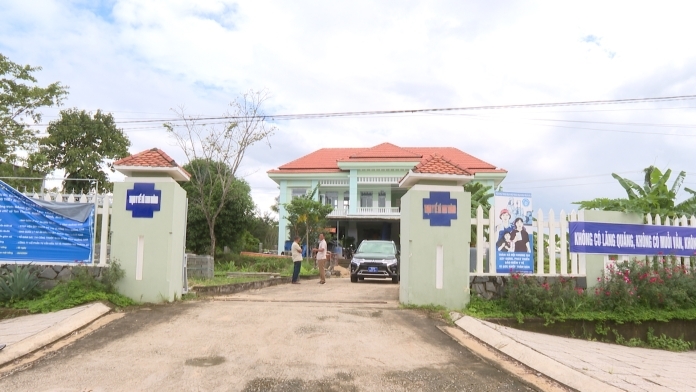
In 2023, according to the review results of the Ministry of Health, nationwide, 22.1% of commune health stations have not been invested in solidly and about 40.1% of commune health stations need investment in renovation and new construction.
The current situation of commune health stations in ethnic minority and mountainous areas has been collected in the fourth socio-economic information survey of 53 ethnic minorities, expected to be announced in July 2025. This will be additional data for the health sector to have orientation in mobilizing investment resources and upgrading the commune health station system in the coming period.
“Upgrading” medical human resources
On February 27, 2024, the Prime Minister signed Decision No. 201/QD-TTg approving the Health Facility Network Planning for the 2021-2030 period, with a vision to 2050 (hereinafter referred to as the Planning).
The plan aims to achieve 35 hospital beds per 10,000 people, 19 doctors per 10,000 people, 4.0 pharmacists per 10,000 people, 33 nurses per 10,000 people by 2030, and the rate of private hospital beds reaching 15% of the total number of hospital beds.
One of the viewpoints of the Plan is to ensure the provision of health services to disadvantaged areas; gradually narrow the development gap between regions, areas, and areas, aiming at the goal of all people having access to quality health care services.
To implement this orientation, in addition to investing in and renovating the network of commune health stations as mentioned above, an urgent task now is to "upgrade" the quality of human resources of the health sector in areas with difficult socio-economic conditions, mountainous areas, and ethnic minority areas.
In 2019, according to the survey on the socio-economic situation of 53 ethnic minorities, at commune-level health stations in ethnic minority areas, there were more than 33,400 leaders and medical staff working; of which, the number of leaders and medical staff who were ethnic minorities accounted for 37.9%.
The majority of leaders and staff at commune health stations have medical, nursing or nursing qualifications, accounting for over 50%. The number of midwives accounts for only 15.1% of the total number of leaders and staff at commune health stations.
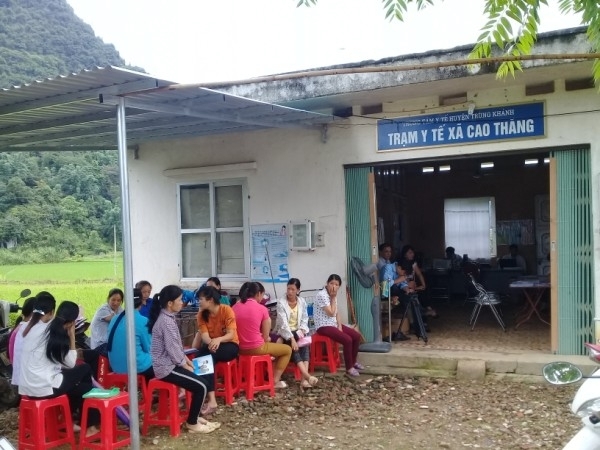
“Although the rate of commune health stations with doctors has improved, increasing from 69.2% in 2015 to 77.2% in 2019, about 1/5 of commune health stations in ethnic minority areas still lack doctors, especially in border areas; over 60% of commune health stations in some provinces such as Lao Cai, Lai Chau, Khanh Hoa do not have doctors…”, the results of the analysis of the survey data on the socio-economic situation of 53 ethnic minorities in 2019 stated.
Since 2019, many programs and projects have been implemented to attract doctors to work at grassroots health facilities; however, many localities, especially in ethnic minority and mountainous areas, still have a serious shortage of medical staff.
For example, in Nghe An, according to a report from the provincial Department of Health, the entire sector currently needs 13,000 medical staff, of which the grassroots health sector needs at least 7,037 people; meanwhile, the number of medical staff leaving public health facilities is showing signs of increasing.
Like Nghe An province, ethnic minority and mountainous areas across the country are currently facing a shortage of quality medical human resources at the grassroots level. From the data collected on the situation of medical human resources in communes of ethnic minority and mountainous areas, in the survey of the socio-economic situation of 53 ethnic minorities in 2024, the Ministry of Health, as well as localities, will have data to assess more specifically, thereby providing appropriate solutions to solve this problem.
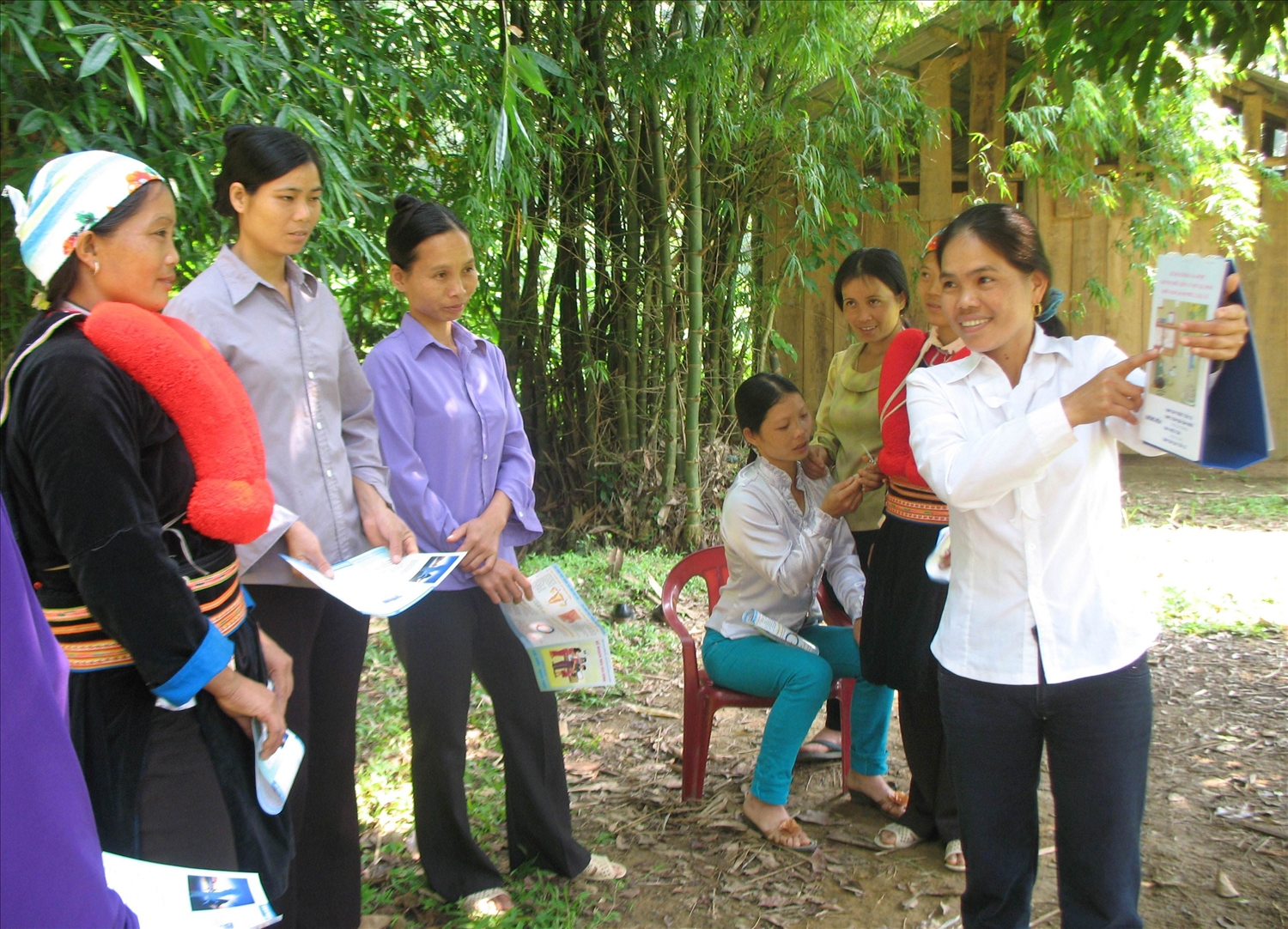
One data collected and specifically analyzed from the socio-economic survey of 53 ethnic minorities in 2024 is information on village health workers. In 2019, according to the survey results, 83.5% of villages in ethnic minority communes had village health workers; a slight decrease compared to 2015 (85%).
So from 2019 to now, the rate of village health workers decreasing or increasing has been collected in the 4th survey in 2024. But it should be noted that, in ethnic minority and mountainous areas, especially in remote areas, the village health workers are an extension of the health sector.
In these areas, transportation and access to medical services, health care and protection are somewhat limited; therefore, it requires the development of a village health network to meet the health care needs of the people.
Therefore, information on village health workers in the fourth socio-economic survey of 53 ethnic minorities in 2024 will be the basis for research and development of mechanisms and policies to maintain and develop the village health network - an extension of the health sector to reach all remote, isolated and disadvantaged areas of the country.


![[Photo] General Secretary To Lam attends the conference to review 10 years of implementing Directive No. 05 of the Politburo and evaluate the results of implementing Regulation No. 09 of the Central Public Security Party Committee.](https://vphoto.vietnam.vn/thumb/1200x675/vietnam/resource/IMAGE/2025/5/19/2f44458c655a4403acd7929dbbfa5039)
![[Photo] Close-up of Tang Long Bridge, Thu Duc City after repairing rutting](https://vphoto.vietnam.vn/thumb/1200x675/vietnam/resource/IMAGE/2025/5/19/086736d9d11f43198f5bd8d78df9bd41)
![[Photo] Panorama of the Opening Ceremony of the 43rd Nhan Dan Newspaper National Table Tennis Championship](https://vphoto.vietnam.vn/thumb/1200x675/vietnam/resource/IMAGE/2025/5/19/5e22950340b941309280448198bcf1d9)

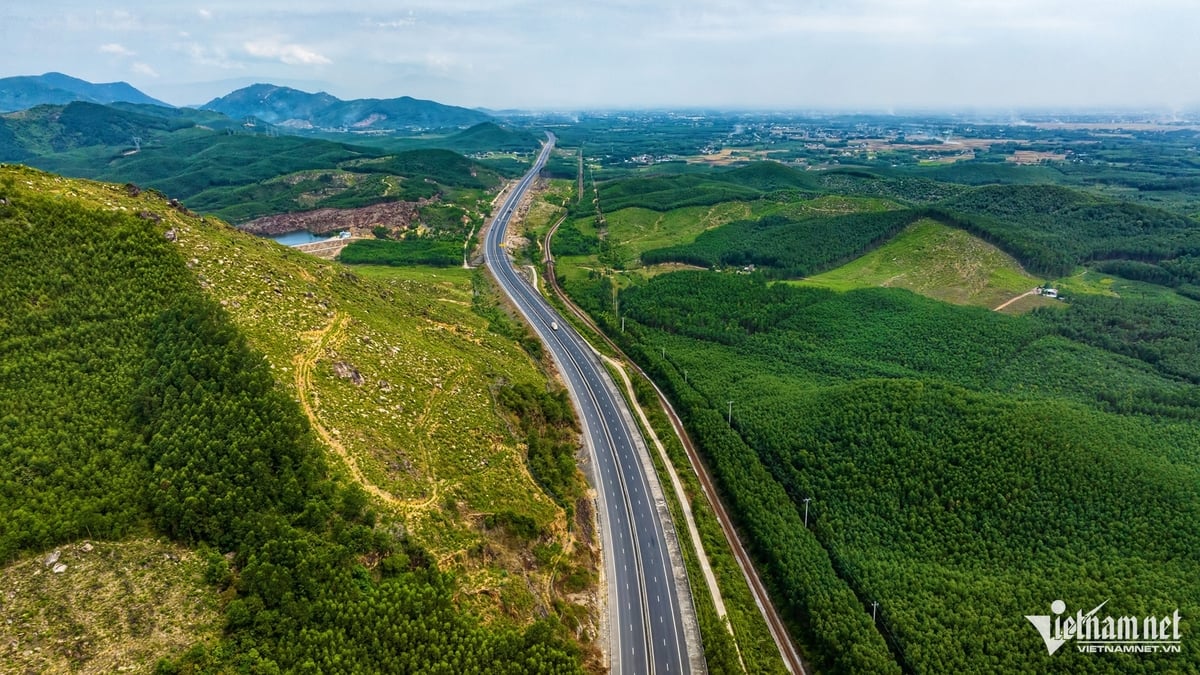
![[Photo] President Luong Cuong presents the 40-year Party membership badge to Chief of the Office of the President Le Khanh Hai](https://vphoto.vietnam.vn/thumb/1200x675/vietnam/resource/IMAGE/2025/5/19/a22bc55dd7bf4a2ab7e3958d32282c15)
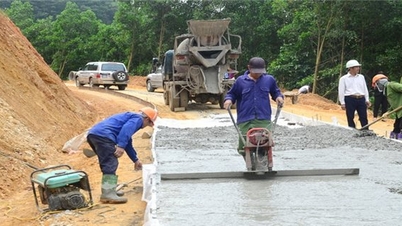


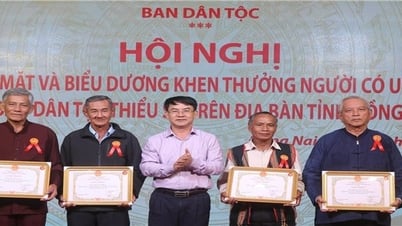
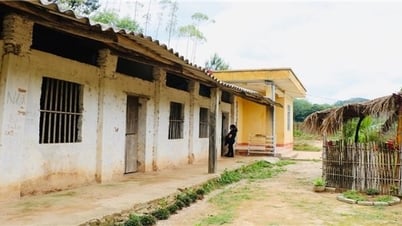


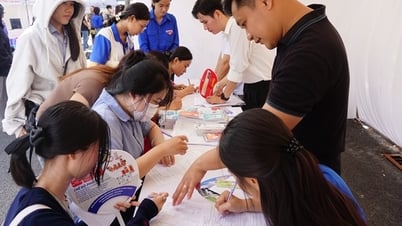
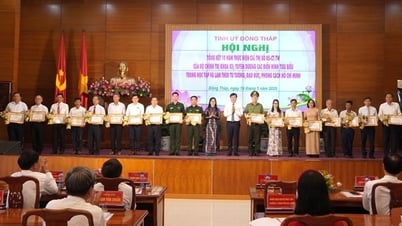

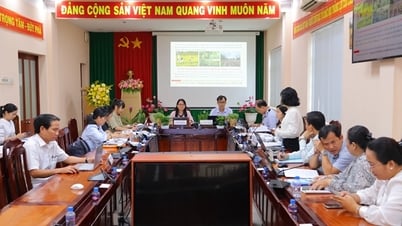
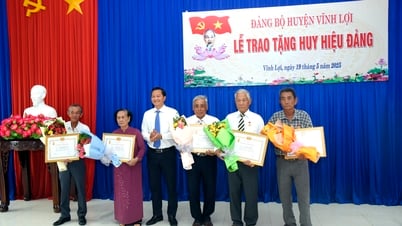
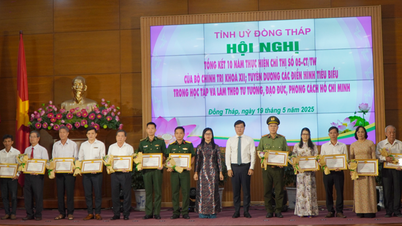






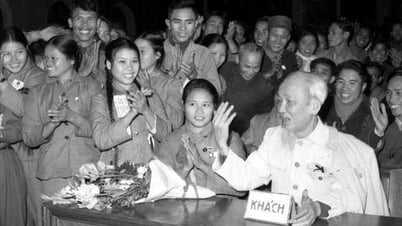































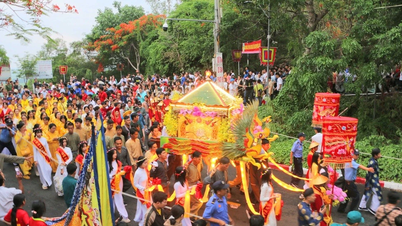




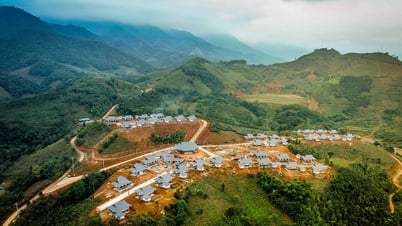











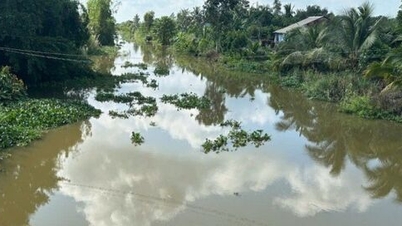





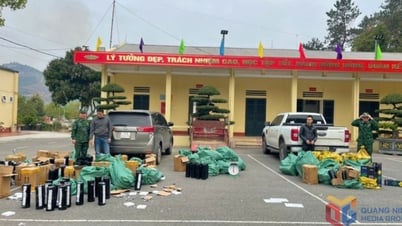

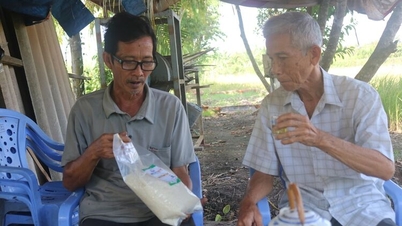








![[VIDEO] - Enhancing the value of Quang Nam OCOP products through trade connections](https://vphoto.vietnam.vn/thumb/402x226/vietnam/resource/IMAGE/2025/5/17/5be5b5fff1f14914986fad159097a677)



Comment (0)